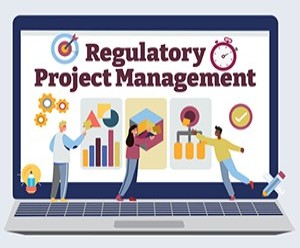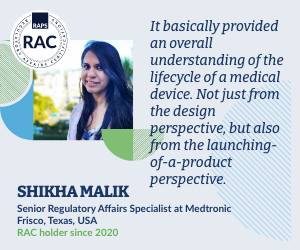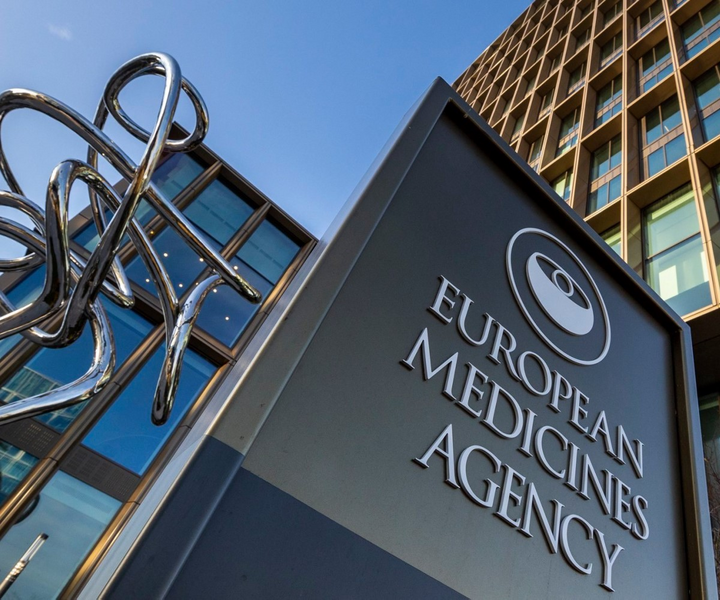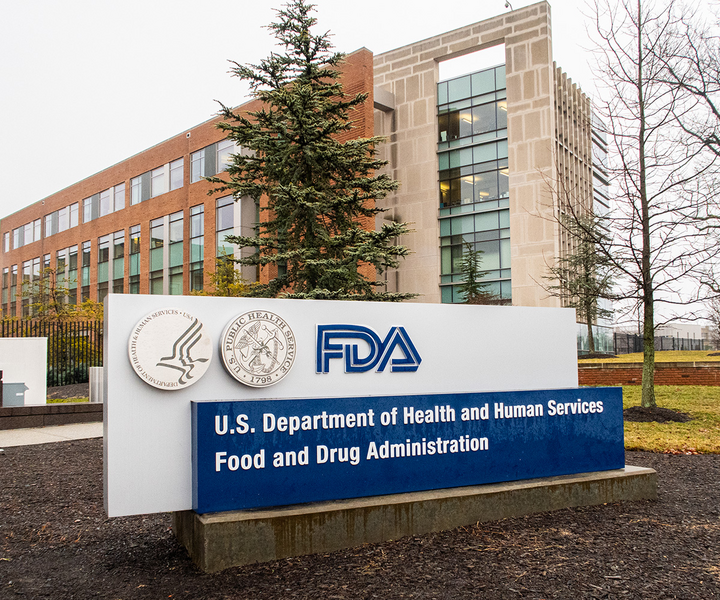FDA updates sterilization category to encourage vaporized hydrogen peroxide use
![]() Regulatory News | 08 January 2024 |
Regulatory News | 08 January 2024 |
(Source: FDA)
The US Food and Drug Administration (FDA) has recategorized vaporized hydrogen peroxide (VHP) as a sterilization agent, signaling to medical device manufacturers that it has confidence in the agent’s ability to sterilize medical devices. The move is another step by the agency to encourage the use of alternatives to ethylene oxide (EtO) for sterilizing medical devices.
On 8 January, FDA announced it had updated its final guidance on acceptable medical device sterilization methods for premarket applications and moved VHP from an Established Category B sterilization process to an Established Category A sterilization process.
“Vaporized hydrogen peroxide’s addition as an established sterilization method helps us build a more resilient supply chain for sterilized devices that can help prevent medical device shortages,” Suzanne Schwartz, director of the Office of Strategic Partnerships and Technology Innovation at the Center for Devices and Radiological Health (CDRH), said in a statement. “As innovations in sterilization advance, the FDA will continue to seek additional modalities that deliver safe and effective sterilization methods that best protect public health.”
Last summer, the agency recognized ISO 22441:2022, along with two additional sterilization standards, facilitating the move of VHP to Established Category A (RELATED: FDA recognizes new medical device sterilization standards, Regulatory Focus 24 July 2023).
VHP now joins other Established Category A sterilization processes, including EtO, dry heat, steam and radiation. Category A methods have a proven history of showing they are safe and effective to FDA and conform to voluntary standards.
“This update will facilitate broader adoption of VHP as a sterilization method for the medical device industry, is part of the agency’s multi-pronged approach to reducing the use of ethylene oxide (EtO) where possible and further supports the agency’s efforts to advance medical device supply chain resiliency,” according to an FDA statement.
EtO is employed on about half of all medical devices sterilized in the US, according to FDA, but in recent years the agency has encouraged other sterilization methods as EtO has come under scrutiny for environmental and public health impacts near EtO sterilization facilities. The Environmental Protection Agency (EPA) proposed two rules to restrict the use of EtO last year, which has received pushback from the medtech industry (RELATED: Medtech groups warn EPA of ‘devastating’ impact of proposed EtO rules, Regulatory Focus 29 June 2023).
Industry lobby groups argue the risk from EtO has been overstated and that restrictions on the use of the gas could force companies out of business and potentially lead to medical device supply shortages.
Updated guidance
On 8 January, FDA announced it had updated its final guidance on acceptable medical device sterilization methods for premarket applications and moved VHP from an Established Category B sterilization process to an Established Category A sterilization process.
“Vaporized hydrogen peroxide’s addition as an established sterilization method helps us build a more resilient supply chain for sterilized devices that can help prevent medical device shortages,” Suzanne Schwartz, director of the Office of Strategic Partnerships and Technology Innovation at the Center for Devices and Radiological Health (CDRH), said in a statement. “As innovations in sterilization advance, the FDA will continue to seek additional modalities that deliver safe and effective sterilization methods that best protect public health.”
FDA previously listed VHP as an Established Category B sterilization process, meaning that while the agency had evaluated the development and validation data for the sterilization process, the agency did not have a recognized consensus standard to address its use.
Last summer, the agency recognized ISO 22441:2022, along with two additional sterilization standards, facilitating the move of VHP to Established Category A (RELATED: FDA recognizes new medical device sterilization standards, Regulatory Focus 24 July 2023).
VHP now joins other Established Category A sterilization processes, including EtO, dry heat, steam and radiation. Category A methods have a proven history of showing they are safe and effective to FDA and conform to voluntary standards.
“This update will facilitate broader adoption of VHP as a sterilization method for the medical device industry, is part of the agency’s multi-pronged approach to reducing the use of ethylene oxide (EtO) where possible and further supports the agency’s efforts to advance medical device supply chain resiliency,” according to an FDA statement.
EtO is employed on about half of all medical devices sterilized in the US, according to FDA, but in recent years the agency has encouraged other sterilization methods as EtO has come under scrutiny for environmental and public health impacts near EtO sterilization facilities. The Environmental Protection Agency (EPA) proposed two rules to restrict the use of EtO last year, which has received pushback from the medtech industry (RELATED: Medtech groups warn EPA of ‘devastating’ impact of proposed EtO rules, Regulatory Focus 29 June 2023).
Industry lobby groups argue the risk from EtO has been overstated and that restrictions on the use of the gas could force companies out of business and potentially lead to medical device supply shortages.
Updated guidance
© 2025 Regulatory Affairs Professionals Society.









![Intermediate Medical Writing: Medical Devices [2.0 RAC]](https://my.raps.org:443/images/21d47064-a823-480e-b30f-614b0e4716ff.img?resize=yes)
![Introduction to Regulatory Affairs in the EU [1.0 RAC]](https://my.raps.org:443/images/18bc69e8-d2ca-4c6d-bebc-bf5acc5198b3.img?resize=yes)



